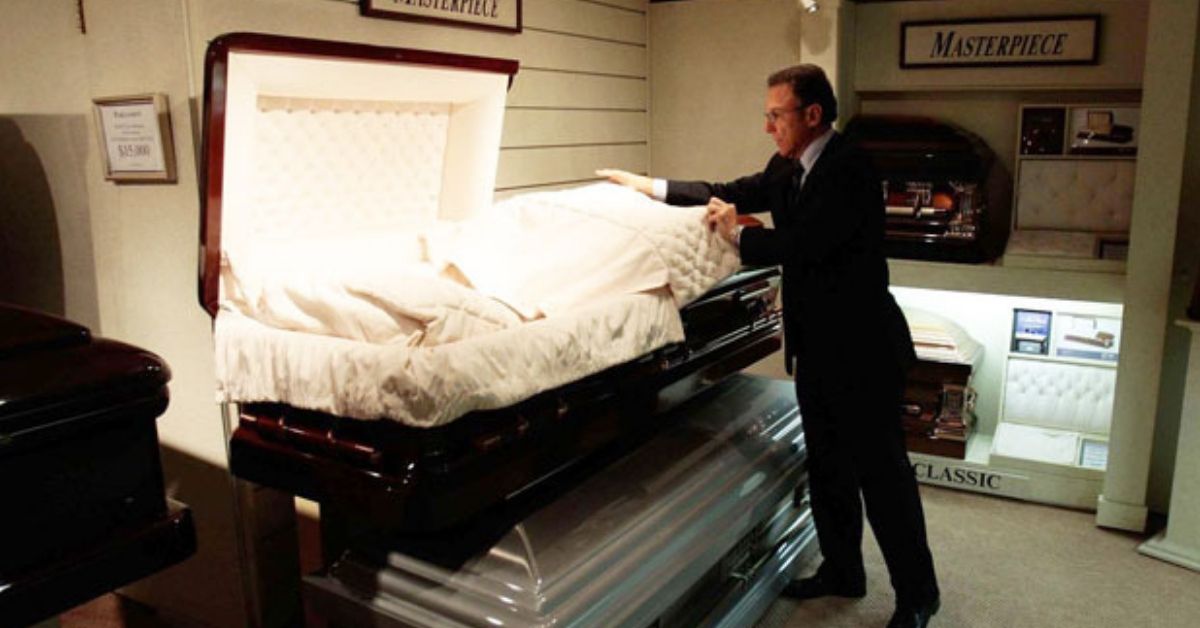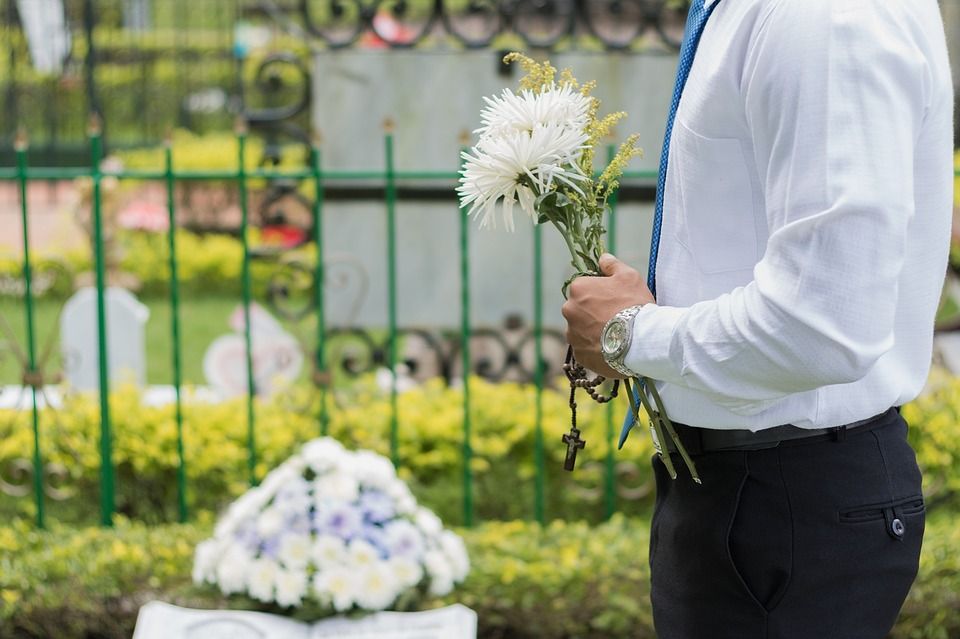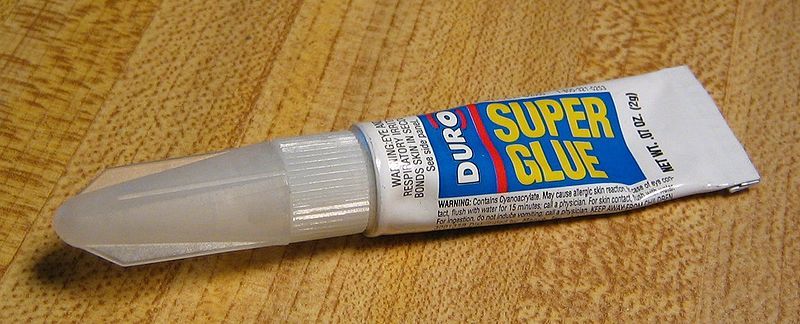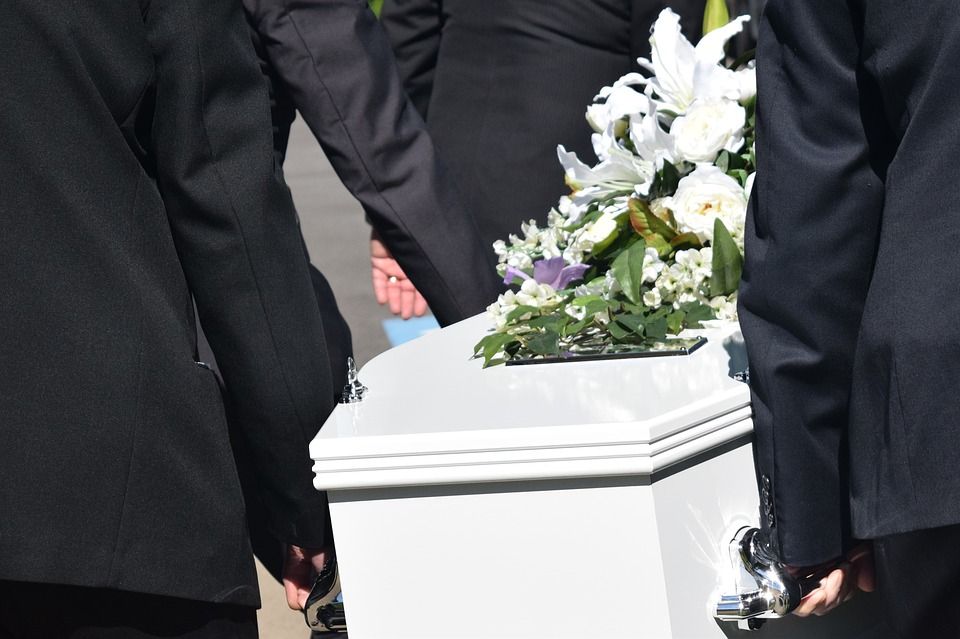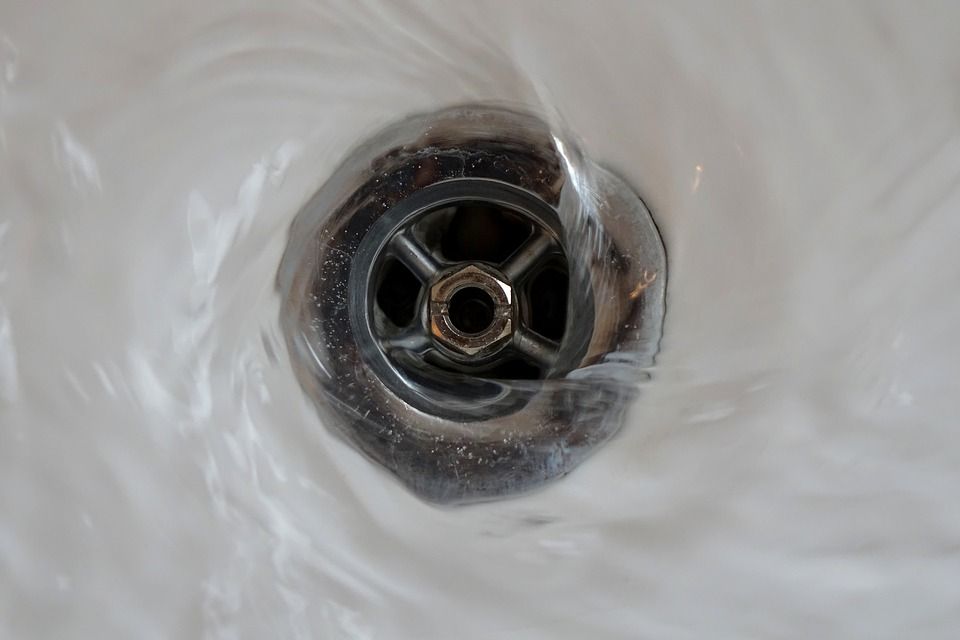Death is a natural part of life, but that doesn't make it any easier when a loved one of yours passes away.
Luckily, there are people out there whose job it is to help us through the difficult times, and make sure that a funeral is set up properly so everyone has a chance to say goodbye.
Funeral directors have a big responsibility, and making sure that people get the best funeral possible is something they take very seriously. However, making sure that the funeral goes well isn't all that easy.
There is a lot going on behind-the-scenes in a funeral home. Whether it's the ways they present the body, or the awkward things they have to do before the funeral, there is a lot to consider, many of which the average person wouldn't expect.
1. They have to use special lighting at funerals
Sure, embalming can help to restore some of the rosiness in your loved one's skin thanks to the red dye that is added to formaldehyde, but sometimes the grey tones are hard to combat.
To counteract this, funeral director Amy Cunninham revealed that rose-colored light bulbs are used to bring a little bit of brightness to the body. "Mortuary schools teach color theory and stage lighting"”how to use colored gels over the ceiling lights," Cunningham revealed.
This way, the families can see their loved ones for the last time looking slightly better.
2. Getting the peaceful expressions take a lot of work
Getting someone ready for an open casket is not easy. Funeral directors have to complete the process of "setting the features," which is very involved.
They are required to fill the throat and nose with cotton before they sew the mouth closed. They also have specialized spiked cups that are placed under the eyelids to keep them from opening or caving in.
3. Their secret tool is something we all have in our cupboards
If the specialized tools don't do the job, they actually have been known to use super glue to hold the eyelids and mouths closed.
They also use it to close up any wounds on the body, making the skin seem smoother than a suture would.
Cunningham has another trick she uses if the hands won't stay neatly folded. "If you need to keep a deceased person's hands folded neatly at their abdomen, but their arms keep falling down into the sides of the casket, you can gently bind their thumbs with a ponytail tie."
4. "Protective" caskets aren't always worth the extra money, and can actually cause explosions
While they claim to vacuum seal the casket to prevent outside elements from making their way in, Mark Harris, writer of Grave Matters, revealed that it can actually be dangerous to create a tight seal because a decaying body will give off methane gas.
This buildup of gas leads to what is known as "exploding casket syndrome," which can cause the lid of the casket to blow off.
Harris spoke with the owner of a cemetery for his book, and discovered that these type of caskets are "routinely unsealed after the family leaves ... to relieve the inevitable buildup of gases within the casket."
So it's obviously not worth it in the first place.
5. Certain things need to be removed from the body before cremation
If a family decides to have the body cremated, funeral workers are required to remove any pacemakers before beginning the process.
Should a pacemaker be left inside a body, it has the potential to explode and cause upwards of $10,000 in damages to the machine.
Another thing that is often removed is any metal replacement joints like a hip or knee. While a family can ask for them back, most of the time the funeral homes melt the metal down so it can be turned into street signs.
6. There is no special way to dispose of the "funeral waste"
While you may think that all of the bodily fluids and chemicals like formaldehyde would require a specialize method for disposal, the industry standard is simply to wash it all down a drain.
It just travels down the regular sewer system to be filtered through the water treatment plants.
7. There's a reason why you never notice bodies being picked up in various locations
While most of us may think that funeral directors pretty much drive a hearse all of the time, the truth is, they are actually only for the ceremony.
Instead, they have discrete vans they use to transport bodies so the general public tends to ignore them completely.
8. They do have restrictions for where someone can be buried
While a lot of us think that being buried under a big beautiful tree sounds ideal, the truth is funeral directors cannot make that happen.
Funeral director Sarah Wambold revealed the regulation that prevents this. "A body must be buried at least four feet from a tree to protect its root system. It's a bit of an adjustment for people who are committed to the image of being buried under a tree, but that's not always the most green option for the tree. Wouldn't they rather allow the tree to continue to live?"
Instead, she suggests that after the body is laid to rest that the family plant a new tree over it. That way the roots will grow properly and won't be affected or harmed.
9. Funeral homes will provide funerals at no cost for young children or stillborn babies
"It is a tradition in the funeral industry to provide funerals to the families of stillborn babies and very young infants at cost," Cunningham revealed.
"Funeral directors do not care to make a profit on the deaths of children, and in fact, the death of a young child saddens the whole firm more than almost anything else."
There are also many organizations out there that will help out with any remaining costs so the grieving parents won't have to pay a large sum of money for their child's funeral.
10. The mortician can make your loved ones favorite outfit fit again
If there's an outfit you know your loved one would have liked to be buried in, but you know it doesn't quite fit anymore, you should still bring it.
Most of the time the mortician can make the clothing fit. They often will cut it completely and just place it over top of the body, securing it so it looks as though they are wearing it properly.
At least that way you don't have to worry about buying something new for them to wear.
Source - Mental Floss / Reader's Digest / Pulptastic / Southern Living
